Familiarity with the history of building bricks
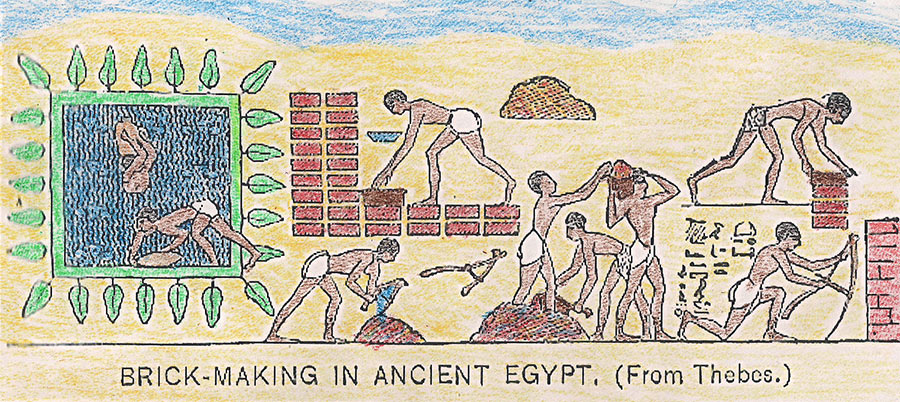
Introduction
Brick is one of the oldest and most widely used building materials in human history. From the moment early humans realized the necessity of creating shelters, they began using natural materials such as clay, stone, and later, brick. Thanks to its strength, durability, ease of production, and visual appeal, brick has maintained its importance in architecture and urban development for thousands of years.
The Origins of Brick
The earliest evidence of brick usage dates back about 10,000 years, to the regions of Mesopotamia (modern-day Iraq) and the Iranian Plateau. The first bricks were mud bricks — a mixture of clay, straw, and water molded into shape and left to dry under the sun.
Archaeologists have discovered evidence of brick use in ancient sites such as Chogha Zanbil, Susa, and Tepe Sialk in Kashan, where massive structures and ziggurats were built from sun-dried and fired bricks. These findings show that Iranians were among the earliest peoples to master the craft of brickmaking.
The Evolution of Brick Firing
Initially, bricks were only dried in the sun, which made them weak against moisture and rain. Later, humans discovered that firing these mud bricks in a kiln produced a much harder and more durable material.
This major innovation marked the beginning of the fired brick era. In Iran, fired bricks became common around the third millennium BCE. In subsequent periods—especially during the Achaemenid and Sasanian eras—brickmaking became a specialized craft, and glazed bricks were even produced to decorate monumental structures.
Brick in Iranian Architecture
In Iranian architecture, brick has been not only a construction material but also an artistic element. Throughout history, it has been used in building arches, domes, minarets, iwans (vaulted halls), and decorative façades.
Notable examples of brickwork in Iranian architecture include:
Gonbad-e Qabus Tower (10th century CE)
Jameh Mosque of Isfahan
Chahar Bagh School (Madrasa)
Safavid-era Caravanserais
In these structures, the creative combination of brick and mortar produced striking geometric patterns and motifs that continue to inspire contemporary architects today.
The Transformation of Brick in the Modern Era
With the Industrial Revolution and the advancement of technology, brick production underwent significant changes. Today, bricks are manufactured by automated machinery and fired in modern kilns. Various types of bricks are now produced for different purposes, including:
Pressed bricks (traditional handmade)
Perforated machine-made bricks
Clay blocks
Refractory (fire-resistant) bricks
Glazed decorative bricks
This diversity has allowed brick to maintain its place not only in traditional construction but also in modern architectural design.
Conclusion
The history of brick is the history of human civilization and creativity in construction. From the simple sun-dried mud bricks of ancient times to today’s industrially manufactured ones, brick has followed a long yet fruitful journey. It remains a symbol of strength, simplicity, and beauty in both Iranian and global architecture—and without a doubt, it will continue to hold its place among the essential materials of the architectural world in the future.


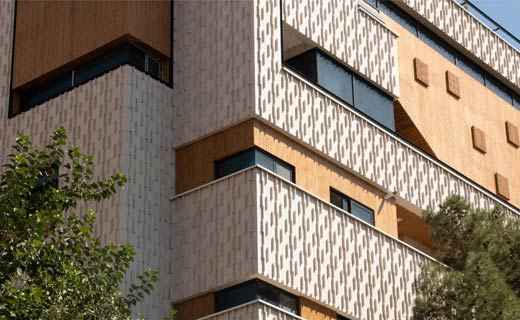
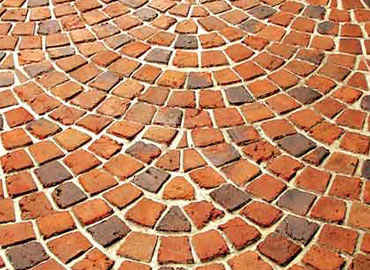
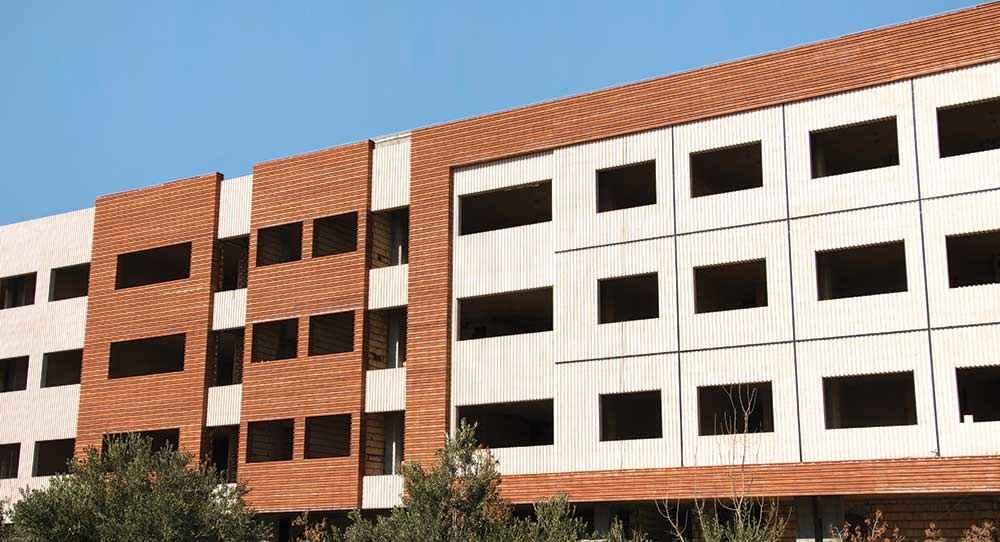
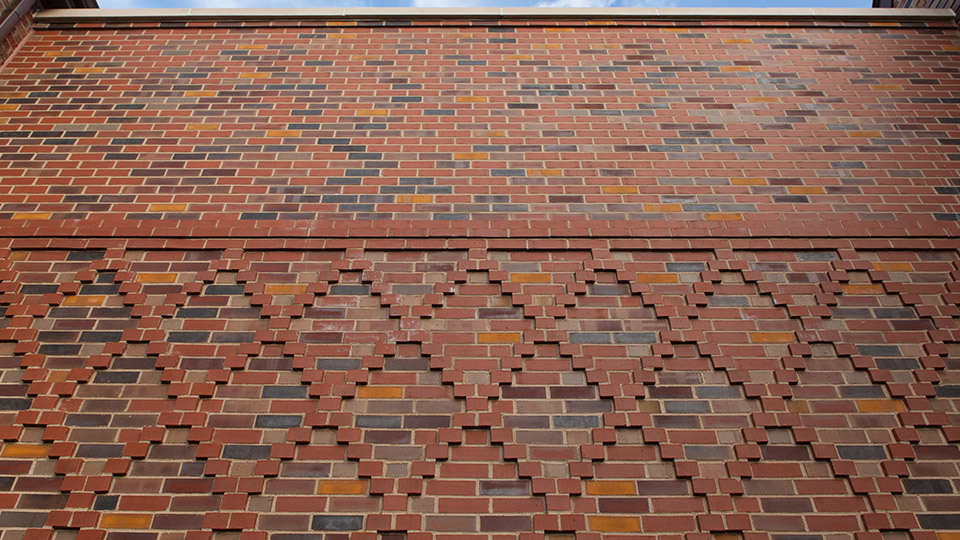
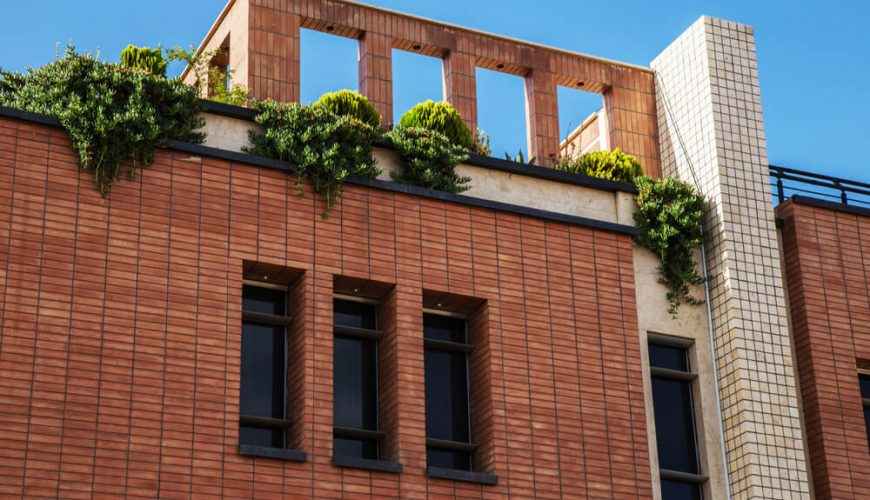
Comments
Your Comments
Comments